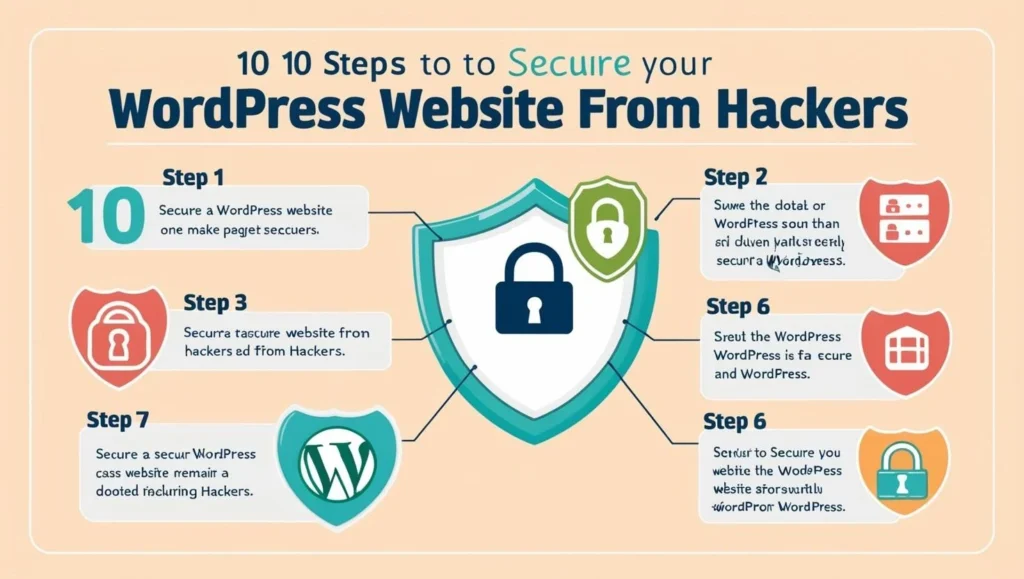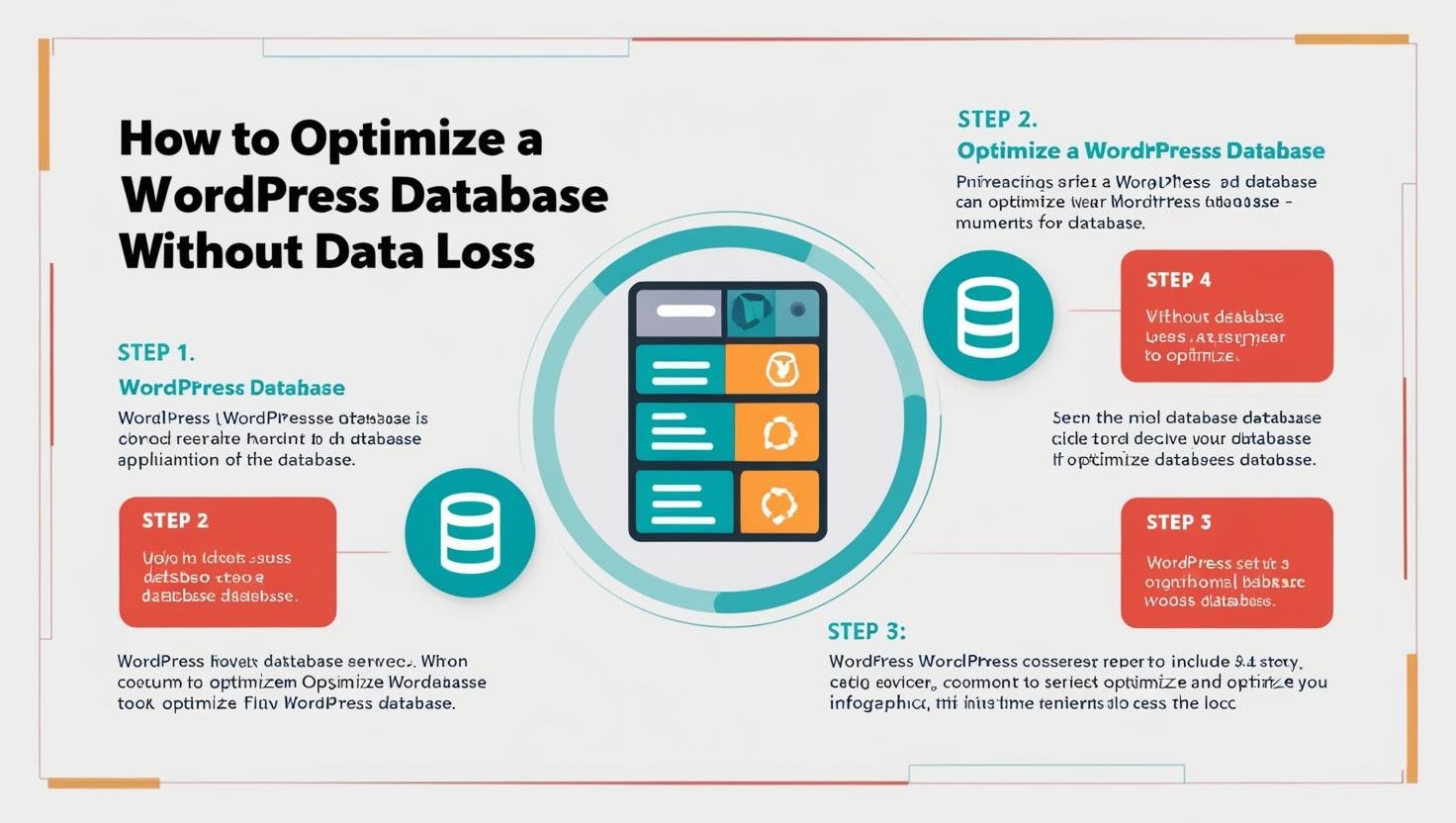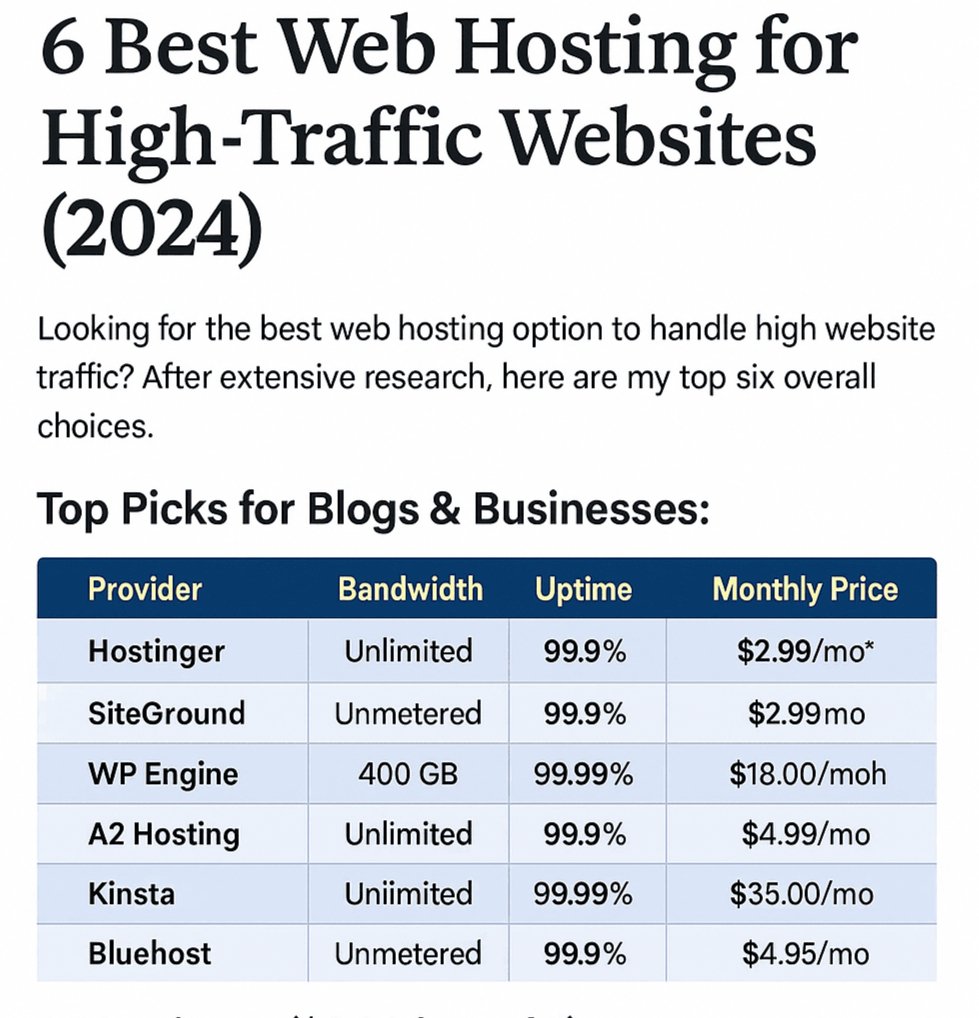1. Keep WordPress Core, Plugins, and Themes Updated
Outdated software is one of the most common vulnerabilities hackers exploit. Regular updates not only bring new features but also patch security loopholes.
- Core Updates: Enable automatic updates for the WordPress core by adding this line to your
wp-config.phpfile :define('WP_AUTO_UPDATE_CORE', true); - Plugins and Themes: Use a plugin like Easy Updates Manager to automate updates for plugins and themes.
- Version Check: Regularly check for updates and apply them promptly, especially for security patches.
2. Use Strong Passwords and Implement Two-Factor Authentication (2FA)
Weak passwords are a common entry point for hackers. Strengthen access controls to protect your admin area.
- Strong Passwords: Use a password manager to generate and store complex passwords.
- Regular Password Changes: Change passwords periodically to enhance security.
- Two-Factor Authentication: Use plugins like Wordfence or Google Authenticator to enable 2FA for an added layer of security.
3. Limit Login AttemptsPrevent brute-force attacks by limiting the number of login attempts a user can make.
- Plugins: Install a plugin like Login LockDown or Limit Login Attempts Reloaded.
- Custom Settings: Configure the number of allowed retries and lockout durations to discourage repeated attempts.
4. Secure the Login Page
The WordPress login page is a common target for attackers. Securing it can significantly reduce the risk of unauthorized access.
- Change the Login URL: Use a plugin like WPS Hide Login to change the default login URL (
/wp-admin) to something less predictable. - Captcha Integration: Add CAPTCHA or reCAPTCHA to your login page using a plugin like Login No Captcha reCAPTCHA.
- Disable Username Enumeration: Prevent hackers from discovering usernames by disabling enumeration with a security plugin.
5. Use a Web Application Firewall (WAF)
A firewall acts as the first line of defense, blocking malicious traffic before it reaches your website.
- Plugins: Use plugins like Wordfence or Sucuri Security for WAF capabilities.
- Cloud-Based WAF: Consider a cloud-based solution like Cloudflare or Sucuri for enhanced protection.
6. Implement Secure Hosting Practices
Choosing the right hosting provider can make or break your website’s security.
- Reliable Hosting Provider: Select a hosting provider with strong security measures, including firewalls and regular audits.
- Managed WordPress Hosting: Opt for hosting providers specializing in WordPress security, such as Kinsta, WP Engine, or SiteGround.
- SSL Certificates: Enable HTTPS by installing an SSL certificate, which encrypts data between your site and its users.
- Server Configurations: Ensure your host uses updated server configurations and supports features like DDoS protection and regular backups.
7. Regularly Back Up Your Website
Backups are essential for disaster recovery. They ensure you can quickly restore your site in case of a breach.
- Backup Plugins: Use plugins like UpdraftPlus or BlogVault to automate regular backups.
- Offsite Storage: Store backups on external services like Google Drive, Dropbox, or Amazon S3.
- Schedule: Schedule backups daily or weekly, depending on your website’s activity.
8. Monitor and Audit User Activity
Track changes made by users on your site to detect suspicious activities.
- Plugins: Install a plugin like WP Activity Log to monitor user actions, login attempts, and changes to settings.
- Role Management: Assign user roles carefully, granting the least privilege necessary for each user.
- Audit Trails: Regularly review activity logs to identify unauthorized changes or access attempts.
9. Harden WordPress Security Settings
Fine-tuning your WordPress configuration can block common attack vectors.
- Disable File Editing: Prevent unauthorized changes to theme and plugin files by adding this line to your
wp-config.phpfile:define('DISALLOW_FILE_EDIT', true); - Restrict Access to wp-config.php: Protect this critical file by adding the following rule to your
.htaccessfile:<files wp-config.php> order allow,deny deny from all </files> - Hide WordPress Version: Remove the WordPress version number from your site’s source code to make it harder for attackers to identify vulnerabilities.
10. Conduct Regular Security Audits
Routine security audits help identify and address vulnerabilities before hackers can exploit them.
- Online Scanners: Use tools like Sucuri SiteCheck or WPScan to scan your site for malware and vulnerabilities.
- Professional Services: Hire a WordPress security expert to perform in-depth audits.
- Plugins: Security plugins like iThemes Security and Wordfence offer built-in audit features.
Bonus Tips
- Limit File Uploads: Restrict file uploads to prevent malicious files from being uploaded to your server.
- Educate Yourself: Stay informed about the latest WordPress security trends and best practices through blogs, newsletters, and community forums.
- Stay Vigilant: Security is an ongoing process, requiring regular attention and updates.







